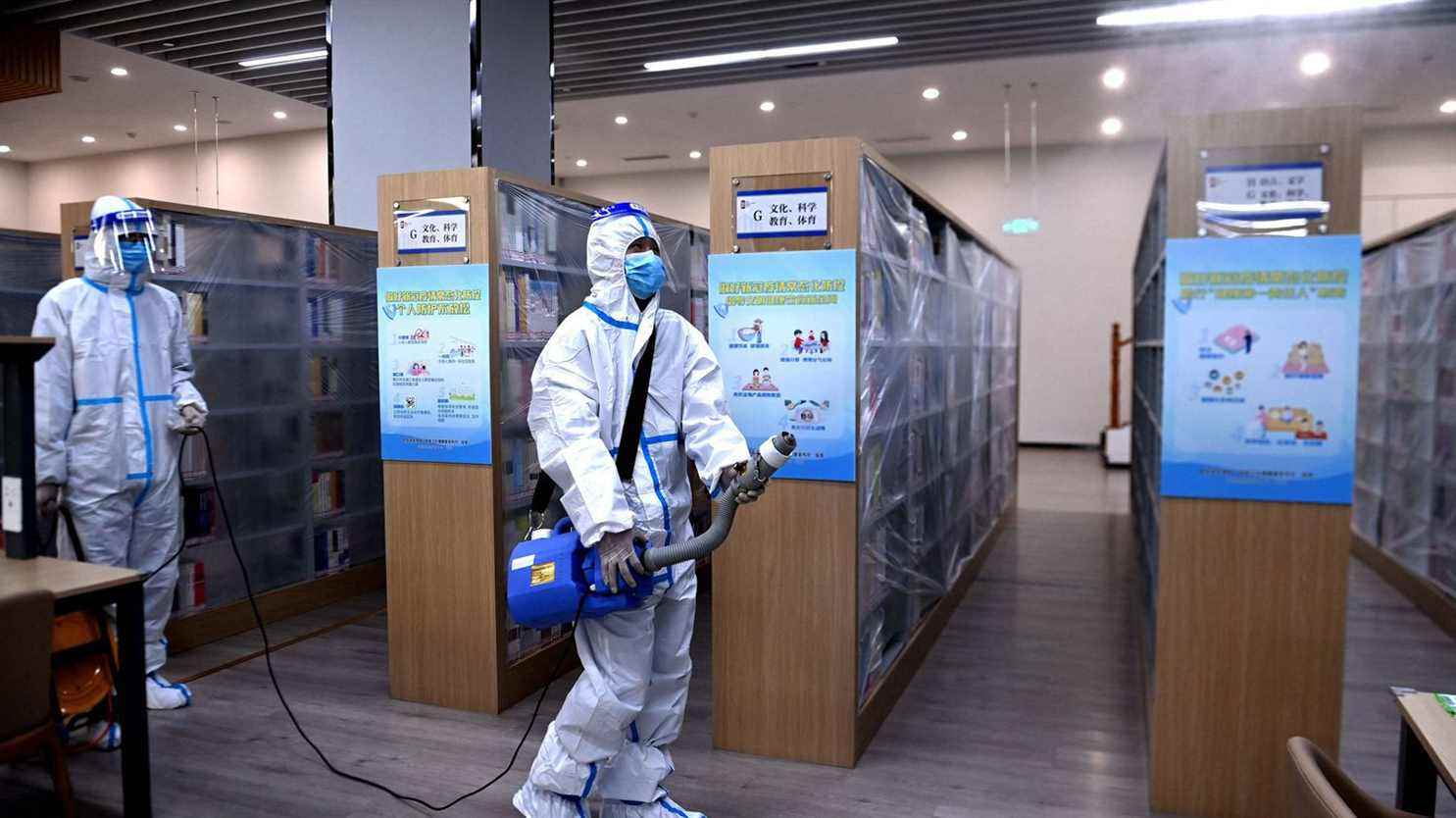It is 4 a.m. at this residence in the city of Baoji, near Xi’an, in central China, on Monday March 14. The inhabitants are suddenly awakened by loudspeakers to inform them of a new confinement. The country has indeed been facing a resumption of the Covid-19 epidemic for a week. Thousands of new cases are recorded, unheard of for two years.
The decision of the authorities is sometimes taken in a few minutes and in the middle of the night. The method is a little brutal but, no matter what time, the authorities decided to close the district. “The residence committee staff started using loudspeakers to order us to come downstairs for a test. Then we were told to go home immediately”testifies a trader.
As in 2020, millions of Chinese now find themselves locked in their homes. “I can’t go to work anymore. All the entrances to the residence are closed: you can’t go in or out and the whole town of Baoji is like that”, continues the trader. The city’s highways are also closed and traffic has been cut off on major thoroughfares, he said.
“Only ambulances and police vehicles are allowed to circulate.”
A Baoji traderat franceinfo
Like Baoji, cities seem to fall one after another. On Sunday, Shenzhen reconfigured its 17 million inhabitants. Activity has stopped at the headquarters of major Chinese internet and telephony companies, such as Huawei. Apple’s main supplier, Foxconn, has also suspended its activities. However, the trader is not panicked by the situation. “We had anticipated: for a few days, we had started to buy oil, cereals and vegetables to last a month. But we are not panicked.”
For the moment, Shanghai is not reconfigured but the situation is considered critical in the most populous city in China. The neighborhoods are cordoned off one after the other. The government fears a massive influx of patients in hospitals. In the big city of Changchun, near North Korea, a gigantic temporary hospital is being built, like in Wuhan in 2020.
